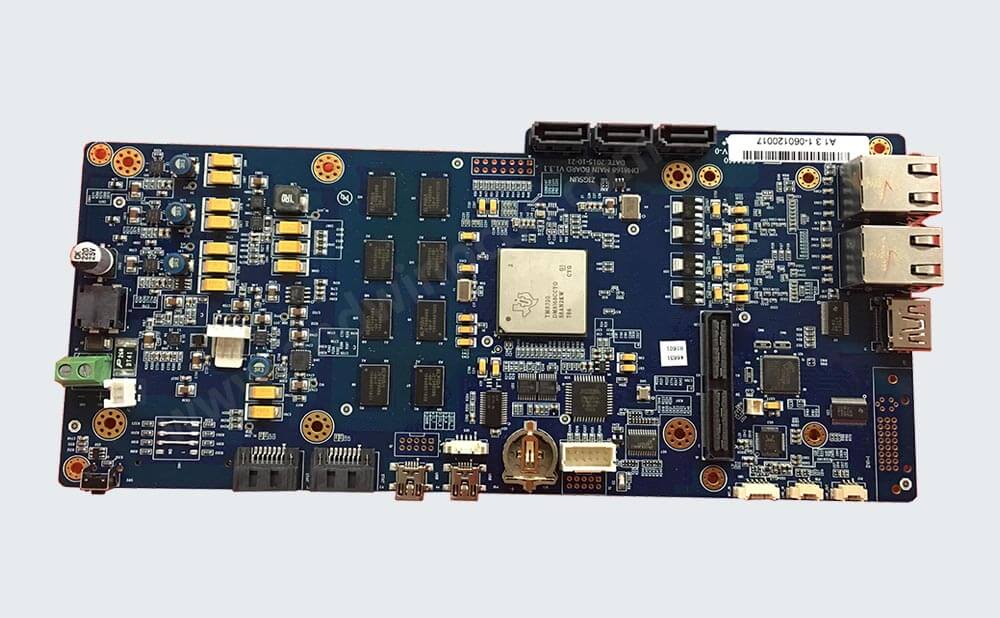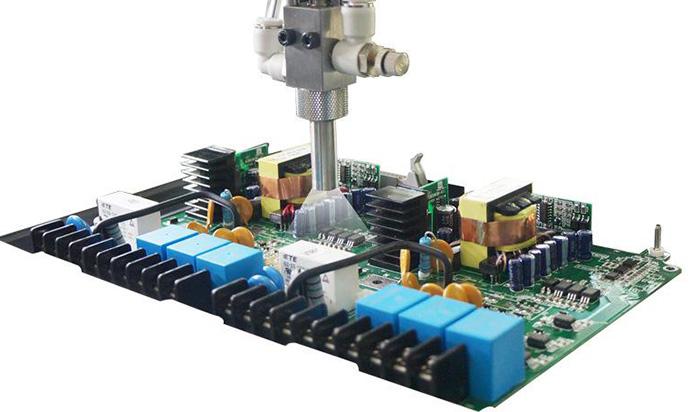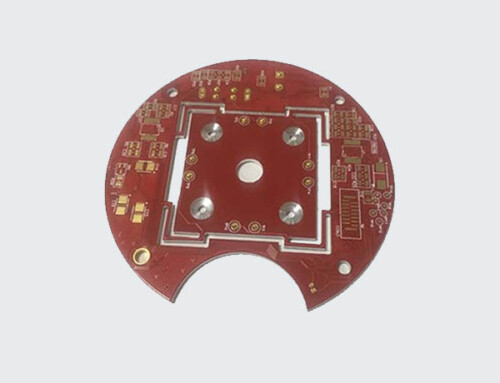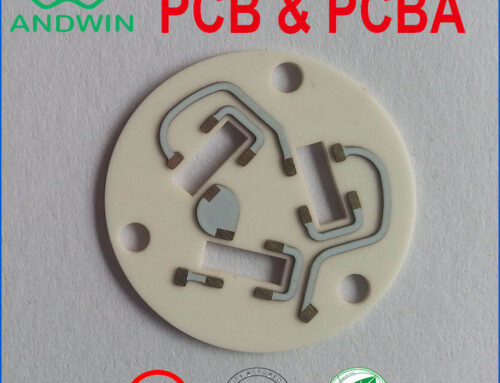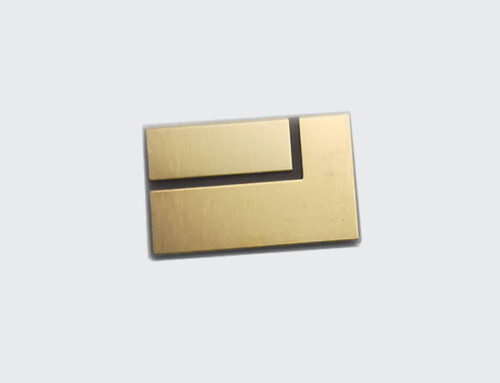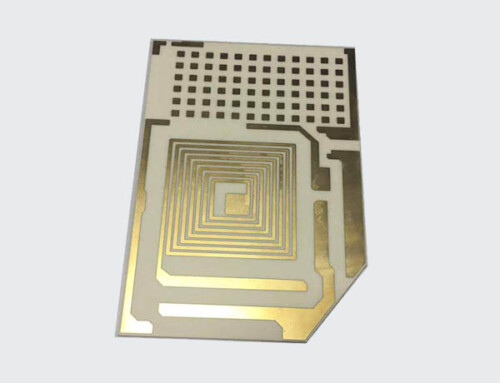Double-sided SMT Assembly
Surface mount technology (SMT) is a popular method of assembling electronic components on printed circuit boards (PCBs).
In SMT assembly, components are mounted directly onto the surface of the PCB, instead of being inserted into holes as in through-hole assembly.
This makes SMT assembly faster, more efficient, and more cost-effective than through-hole assembly.

Double-sided SMT assembly is a variation of SMT assembly that involves mounting components on both sides of the PCB.
This technique is used when there are too many components to fit on one side of the PCB, or when the circuit design requires components to be mounted on both sides for optimal performance.

Double-sided SMT assembly requires specialized equipment and expertise.
The process involves mounting components on one side of the PCB, then flipping the board over and mounting components on the other side.
This requires precise alignment and careful handling to ensure that components are mounted correctly and that there are no defects or damage to the PCB.
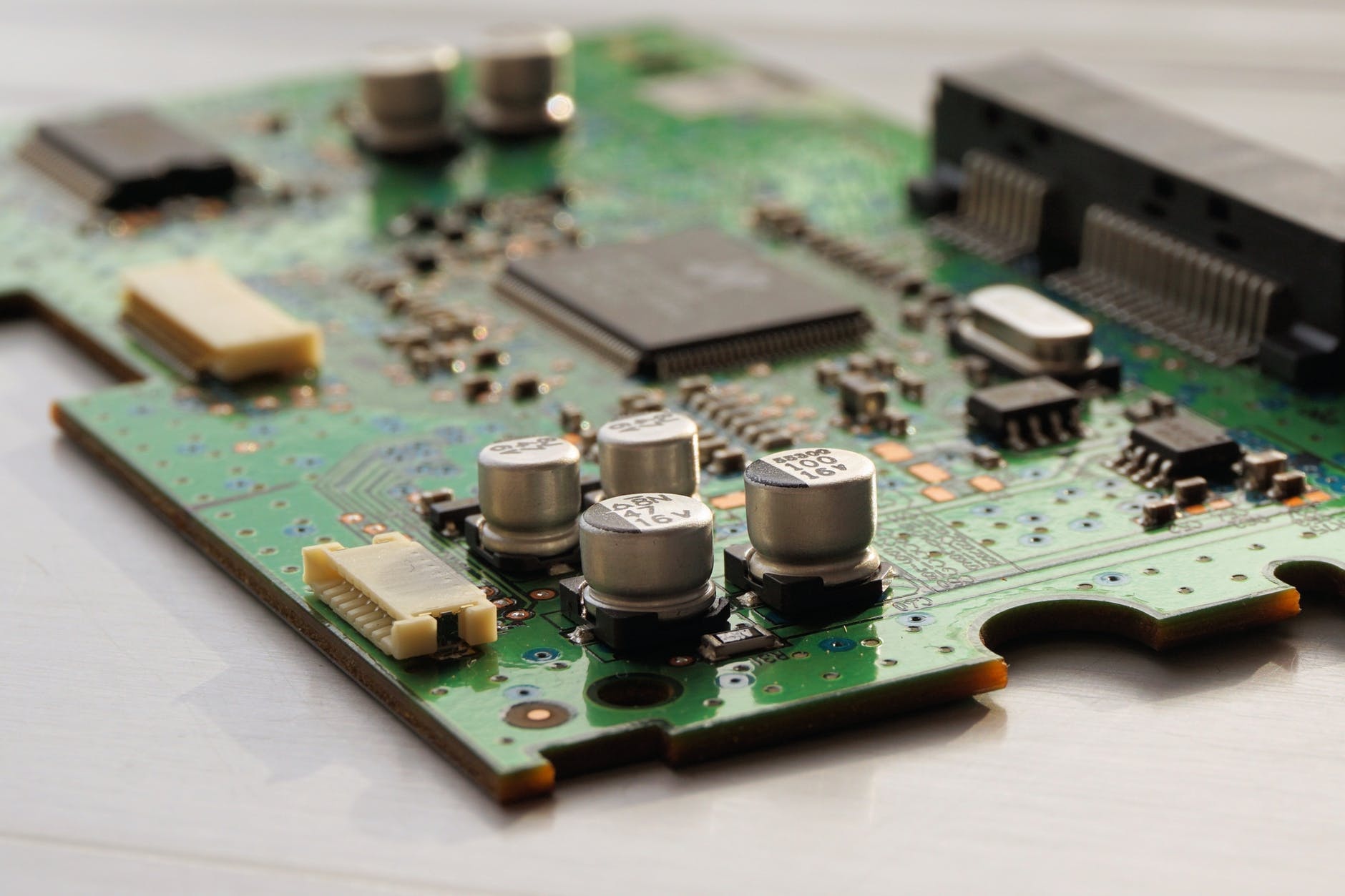
Advantages of Double-Sided SMT Assembly
Double-sided SMT assembly offers several advantages over single-sided assembly. These include:
1. More space for components: With double-sided assembly, there is more space available for components, which allows for more complex circuits to be designed.
2. Better performance: Mounting components on both sides of the PCB can improve the performance of the circuit, especially for high-frequency applications.
3. Lower cost: Double-sided assembly can be more cost-effective than single-sided assembly, as it allows for more components to be mounted on a single board.
4. Smaller PCBs: Double-sided assembly can reduce the size of the PCB, as it allows for more components to be mounted in a smaller space.
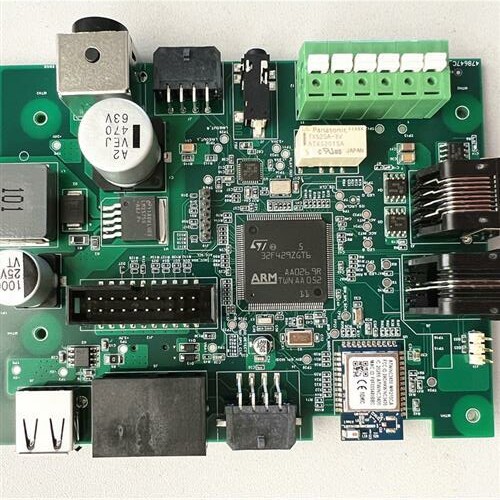
Challenges of Double-Sided SMT Assembly
While double-sided SMT assembly offers many advantages, it also presents some challenges. These include:
1. Alignment: Mounting components on both sides of the PCB requires precise alignment to ensure that components are mounted correctly and that there are no defects or damage to the PCB.
2. Handling: Double-sided assembly requires careful handling to prevent damage to components or the PCB.
3. Soldering: Soldering components on both sides of the PCB can be more difficult than on a single-sided board, as it requires more precise control of the soldering process.
4. Testing: Testing a double-sided PCB can be more challenging than testing a single-sided board, as it requires testing both sides of the board separately.

Conclusion
Double-sided SMT assembly is a valuable technique for assembling complex circuits with many components.
While it presents some challenges, the advantages of double-sided assembly make it a popular choice for many applications.
With the right equipment and expertise, double-sided SMT assembly can be a cost-effective and efficient way to produce high-quality PCBs.
Other PCB products, you may interesting




